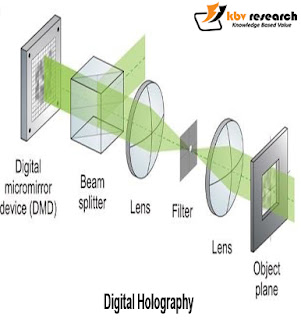Push To Talk Technology Coming Up In the Digital Era

The push to talk technology has proven to be an efficient one in providing instant access to the digital network that's currently being worked on. If a business or institution uses a network-enabled for dispatch, any device that has access to it through push-to-speak will be able to communicate through it. This means that bidirectional radios, cell phones, and even computers can access the network by pressing a button. Previously, in fields such as public safety, defense, construction, transportation, and manufacturing, push to talk has always been the standard. It is a common technology because it is easy to enable and allows the operator to focus on the job at hand. Therefore, it facilitates quick and efficient communication confined to a predetermined group of people who need to hear the entire conversation. Immediate access to communicate to the network is the primary reason why PTT-enabled devices have been a pillar in environments where time-critical coordination of t


